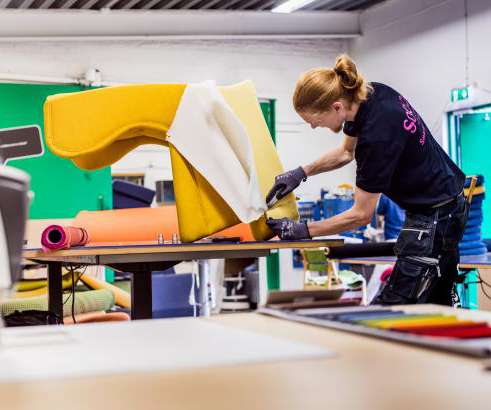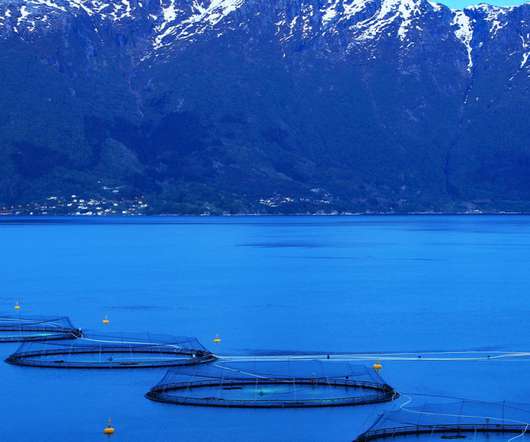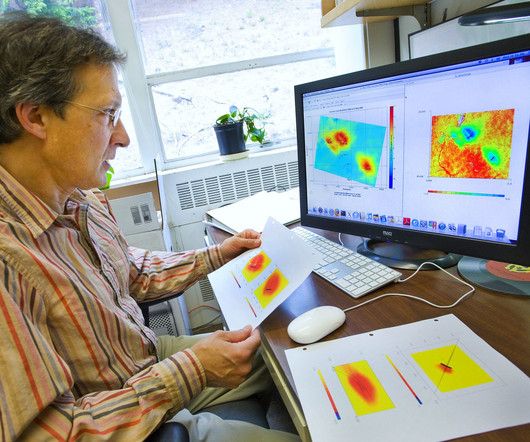Green groups urge UN to raise climate ambition on global shipping
GreenBiz
OCTOBER 20, 2020
With more than one quarter of the global economy committed to achieving net-zero emissions over the coming decades, it follows that the shipping sector will be under increased pressure from governments and private players to clean up its act.















Let's personalize your content